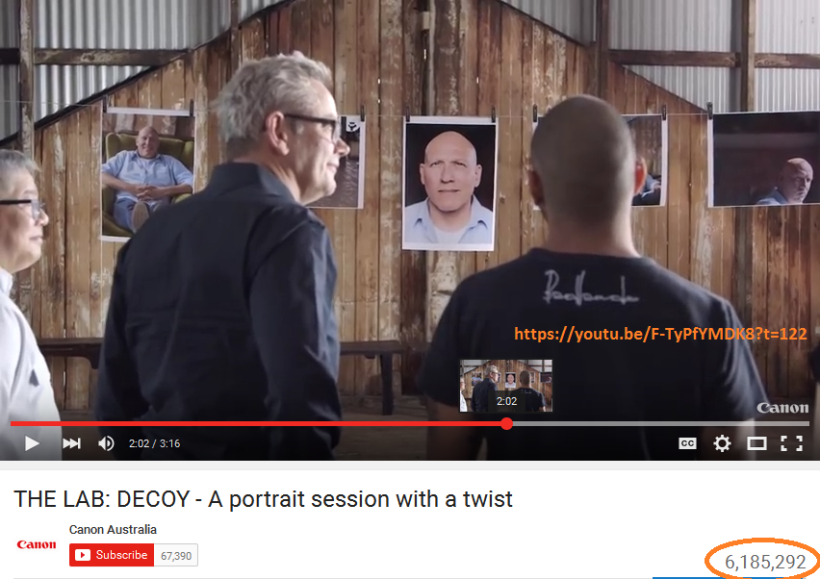Experiment: each photographer was given a different story about the
person coming in for a portrait. Results varied widely when told the
subject was fisherman, self-made millionaire, parolee, beach lifeguard,
psychic, and so on.

six different backstories led 6 photographers to make differing portraits
Perhaps the same contextual framing and predisposition affects
documentary projects, archival work, ethnographic field studies, or
transposing a biographical sketch from one language to another for
readers of a different culture or era. In other words, if the lens can
stand for a perceptual grasp of a subject, then the same assumptions
that these photographers baked into their choice of composition and
lighting and shutter release also may reveal how one goes about engaging
with the world in general: we prejudge people and settings, we view the
world as half-empty instead of half-full, for example; or at the time
of middle age we feel that so many opportunities remain, rather than
feeling that so few days are left before extinction.
And while this portrait experiment misled the photographers who were
doing their very best creative work to interpret the man, based on the
sparse backstory provided, the end result of this decoy experiment
powerfully demonstrates to journalists, archaeologists and other
scientists (predisposed with the working theories or hypotheses they
bake into their research design and deployment of available methods),
philosophers and novelists, as well as social observers of all stripes
that
assumptions and prior knowledge frame one’s boundaries and the placement of one’s subject within that context.
By extension
the frame we paint for our selves (presentation
of self; self-image; concept of self) is colored by the assumptions we
adopt, discover, aspire to, or have been given by others we know and
have been labeled by society more generally.
see the experiment,
https://youtu.be/F-TyPfYMDK8 or jump to the
time mark showing the resulting portraits
Blurb:
A photograph is shaped more by the person behind the camera than by what’s in front of it. To
prove this we invited six photographers to a portrait session with a
twist. ‘Decoy’ is one of six experiments from The Lab, designed to shift
creative thinking behind the lens. [November 2015]
